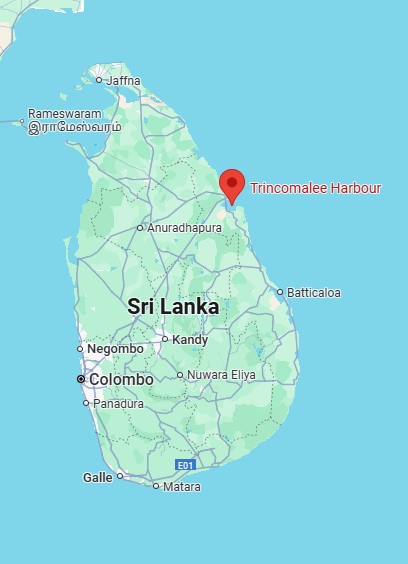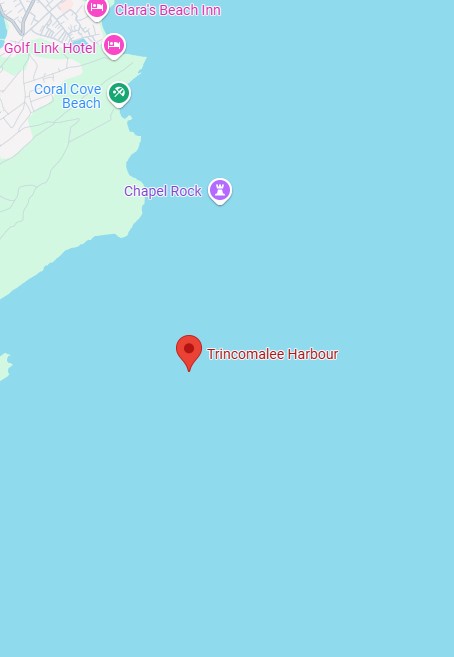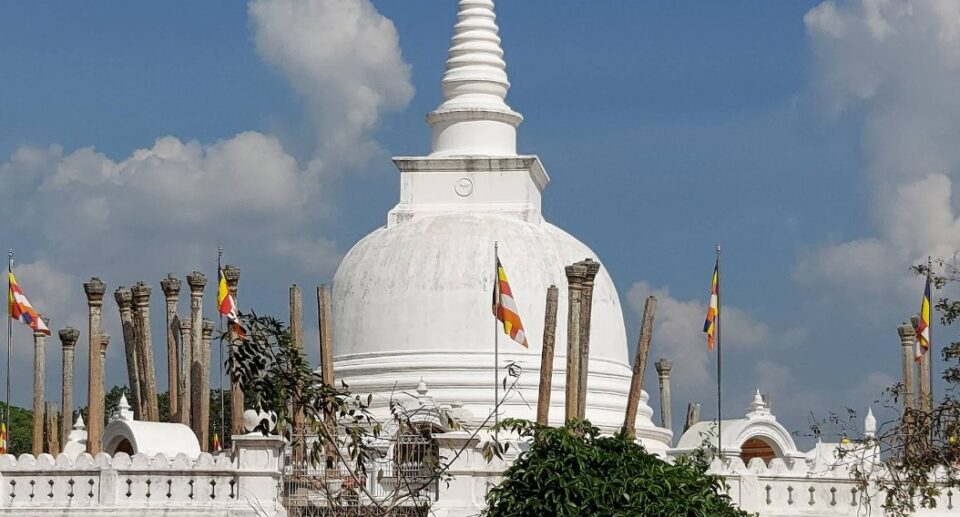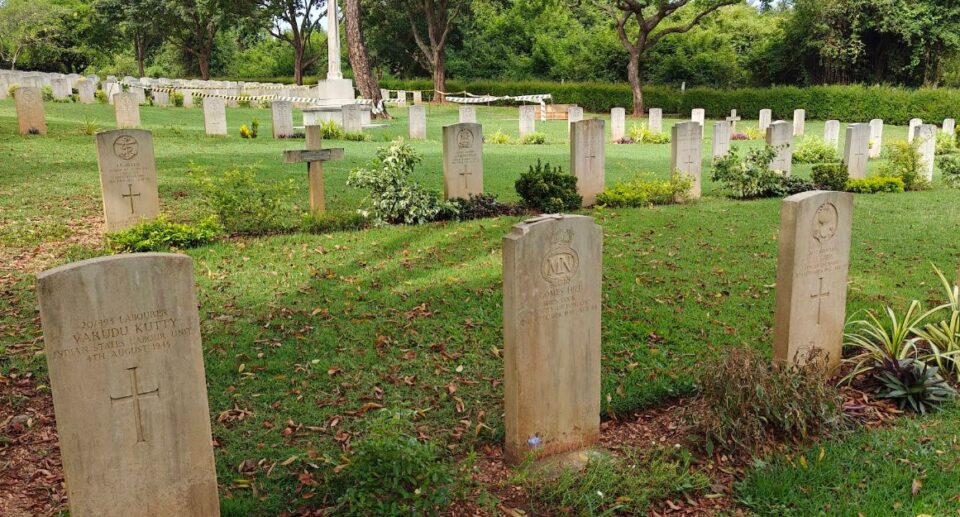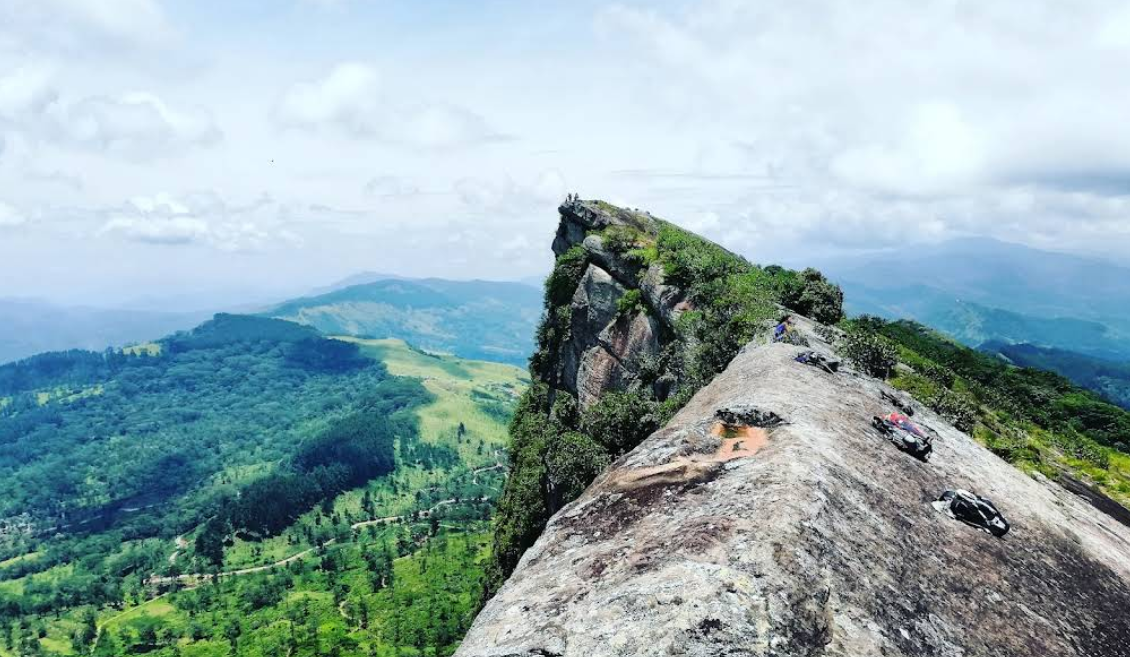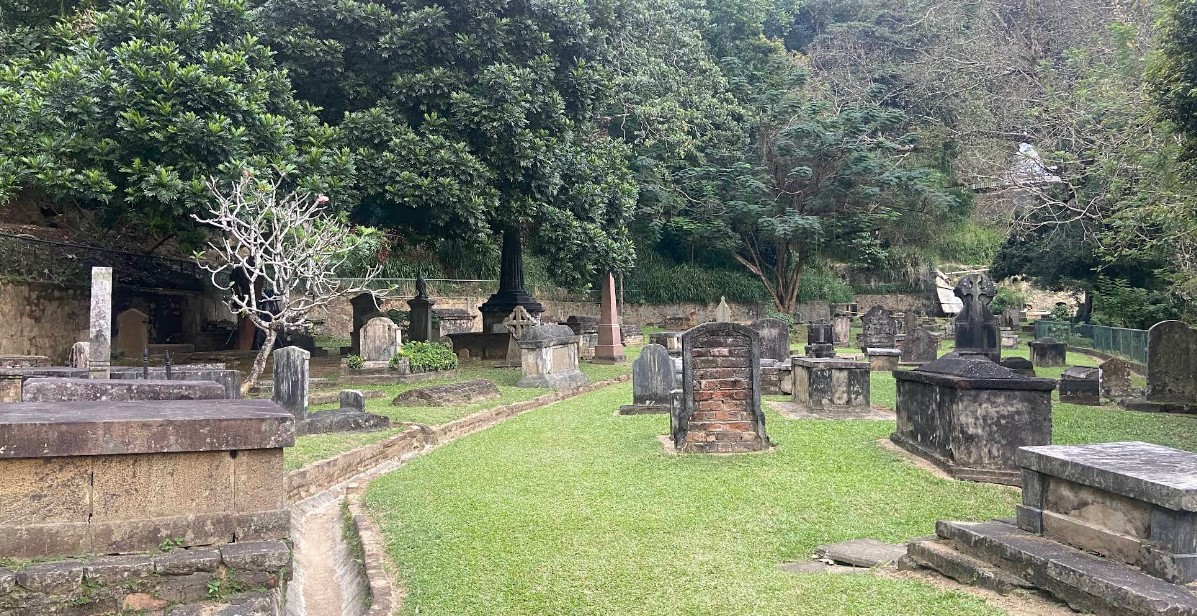Trincomalee Harbour: The Natural Gateway of Sri Lanka
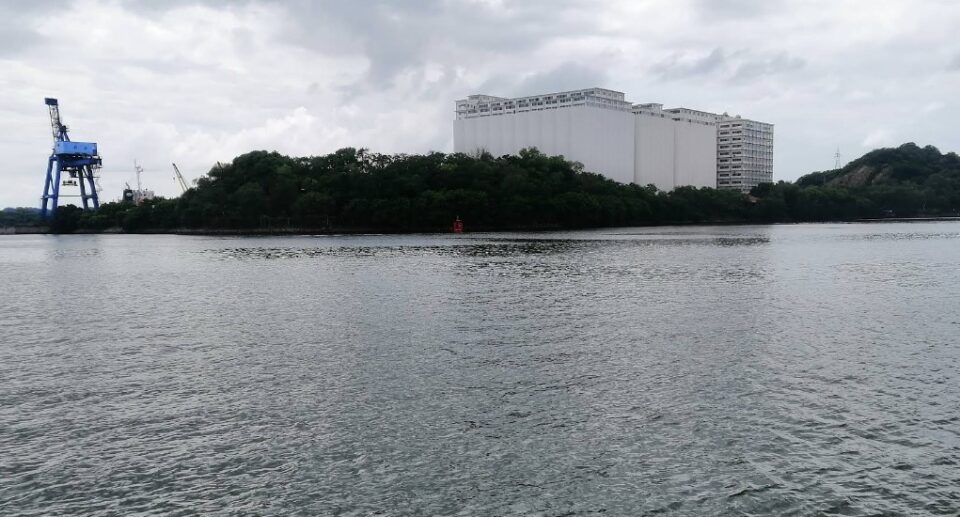
Located on the northeastern coast of Sri Lanka, Trincomalee Harbour is one of the finest natural deep-water harbours on the planet. With a history of thousands of years, this natural wonder has drawn sailors, traders, empires, and sea powers in turn. Well-known in ancient literature and extolled by colonial powers, Trincomalee Harbour is not only a crucial sea asset but also a symbol of Sri Lanka’s geographical and geopolitical position. Even today, it remains an important contributor to trade, tourism, defense, and history.
Geographical and Physical Features
Trincomalee Harbour, also known as Kodiyar Bay, is within Sri Lanka’s Eastern Province. It is bounded by the city of Trincomalee, the largest urban area of the province. The harbour is one of the largest natural harbours in the world, with a surface area of over 2,000 hectares (about 5,000 acres). The harbour is protected by rock headlands and peninsulas, providing natural protection from stormy seas and monsoon winds.
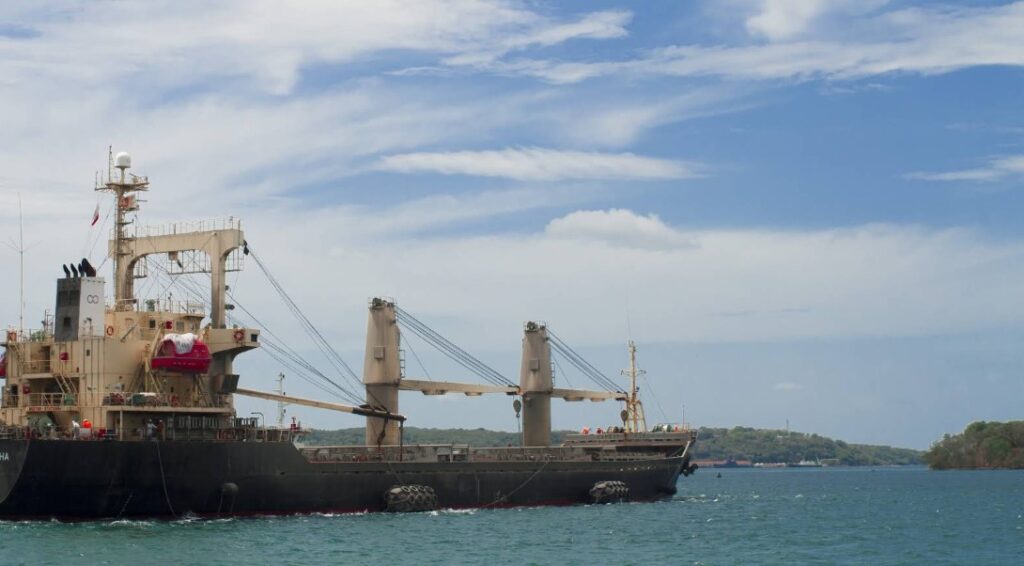
The harbor is approximately 25 meters (82 feet) deep in parts and is thus big enough for the entry of large ocean-going vessels. Its wide entrance of around 500 meters in width makes way for the entry of ships in and out of the bay. The deep anchorage, tranquil waters, and defensive terrain make it an ideal location for commercial and naval shipping.
Historical Importance
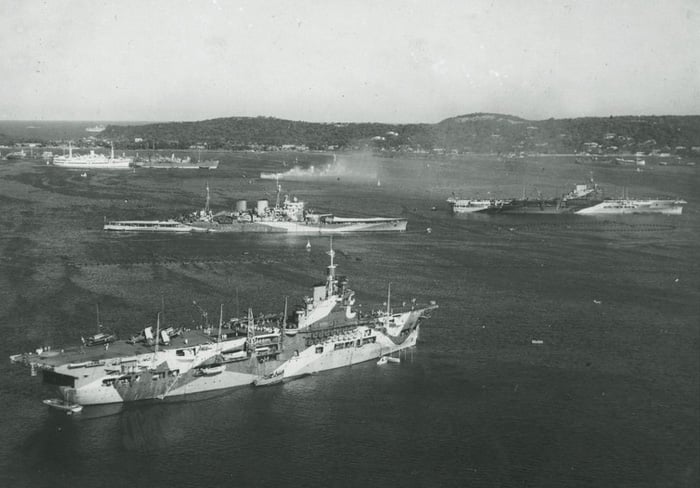
Trincomalee Harbour has been a focal point of influence in Sri Lanka’s past for more than 2,000 years. It was mentioned in ancient Tamil and Sinhalese writings as “Gokanna” or “Koddiyar Bay.” The harbour is said to have been held by South Indian and Southeast Asian traders and Arab, Chinese, and Roman merchants.
One of the earliest accounts of the harbour exists in Sri Lanka’s ancient chronicle, the Mahavamsa, where it documents the use of the port during the Anuradhapura era. Trincomalee had already become a trading and religious hub by the 11th and 12th centuries. The presence of the famous Koneswaram Temple, situated on Swami Rock overlooking the harbour, is also an indicator of the sacred significance of the region.
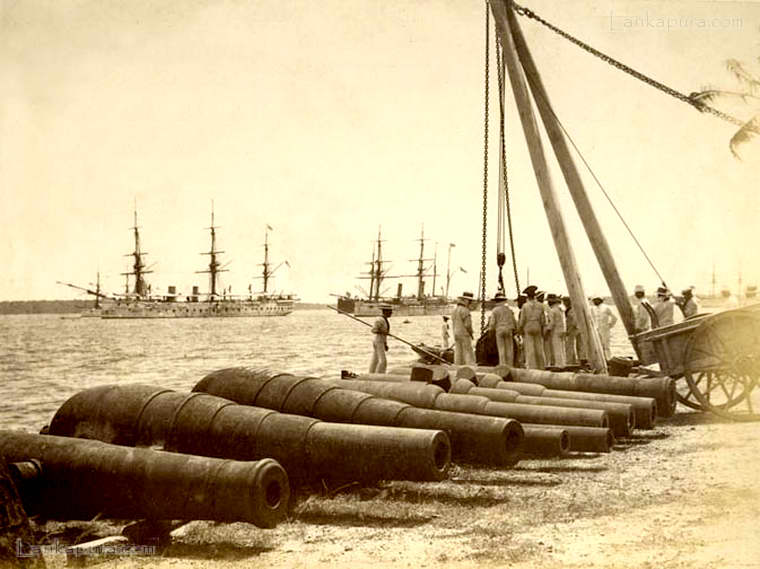
Colonial and Strategic Relevance
During the colonial era, European powers fully valued the strategic importance of Trincomalee Harbour. The Portuguese, who arrived early in the 16th century, built defenses to control the port. They were later ousted by the Dutch, who expanded the fort complex, and then by the British, who used the harbour most intensely for military purposes.
Trincomalee was identified by the British Royal Navy as the most coveted harbour in the Indian Ocean. In the 18th and 19th centuries, the British constructed Fort Frederick and naval dockyards, establishing Trincomalee as a big naval base. In World War II, the harbour was an important base for the Allied Forces, particularly after the fall of Singapore and other harbours in Southeast Asia. The British Eastern Fleet employed Trincomalee as a base to meet Japanese threats to the Indian Ocean.
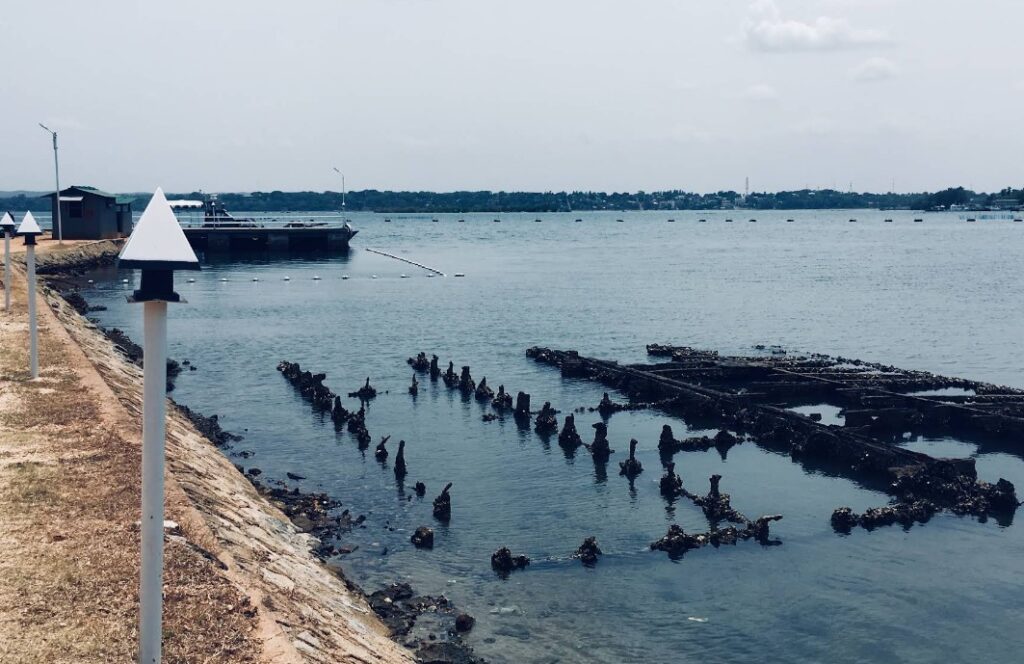
Today, all that is left of British naval establishments is still visible, and the harbour remains under surveillance by the Sri Lankan Navy under strict guard.
Economic Significance
Although less commercialized than Colombo or Hambantota ports, Trincomalee has a tremendous economic potential. Due to the fact that it has natural depth and enjoys a sheltered position, the harbour is ideally suited for:Transshipment of commodities Oil and gas storage Handling of bulk cargo Maritime tourism-related activities.
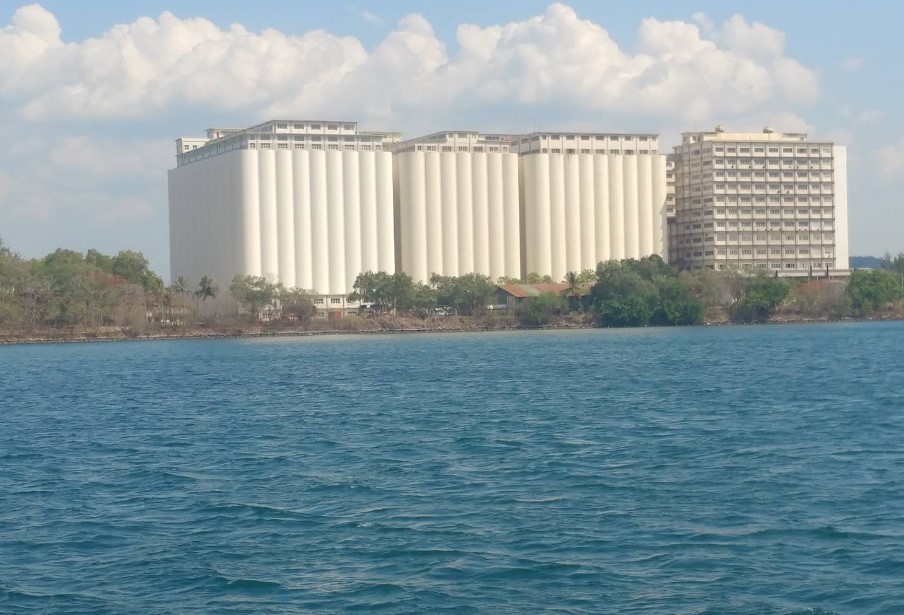
There have been suggestions in recent years to turn Trincomalee into a regional port hub, particularly of the Bay of Bengal region. Its geographical positioning near India, Bangladesh, and Southeast Asia gives it a trade logistic advantage in terms of competitiveness.
The harbour hosts Sri Lanka’s largest oil storage tank farm at China Bay, built by the British and now operated through joint ventures with Indian participation. There is growing interest in positioning Trincomalee as an energy hub for South Asia.
Trincomalee Harbour and Tourism
Trincomalee Harbour is not only a historical and economic landmark—it’s also a stunningly gorgeous natural wonder. Ringed with crystal blue waters, white sandy shores, and green foliage, the harbour attracts both locals and foreigners. Some of the most popular activities surrounding the harbour are:
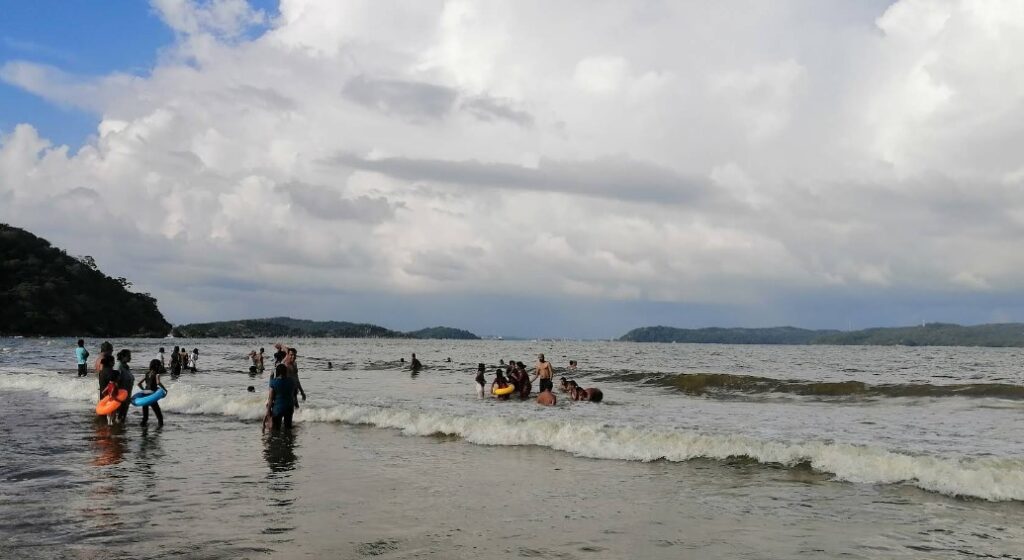
Boat cruises and harbour cruises, Whale watching toursSnorkeling and scuba diving Trips to Fort Frederick and Koneswaram Temple, Treks around Swami Rock, which offers panoramic views of the harbour
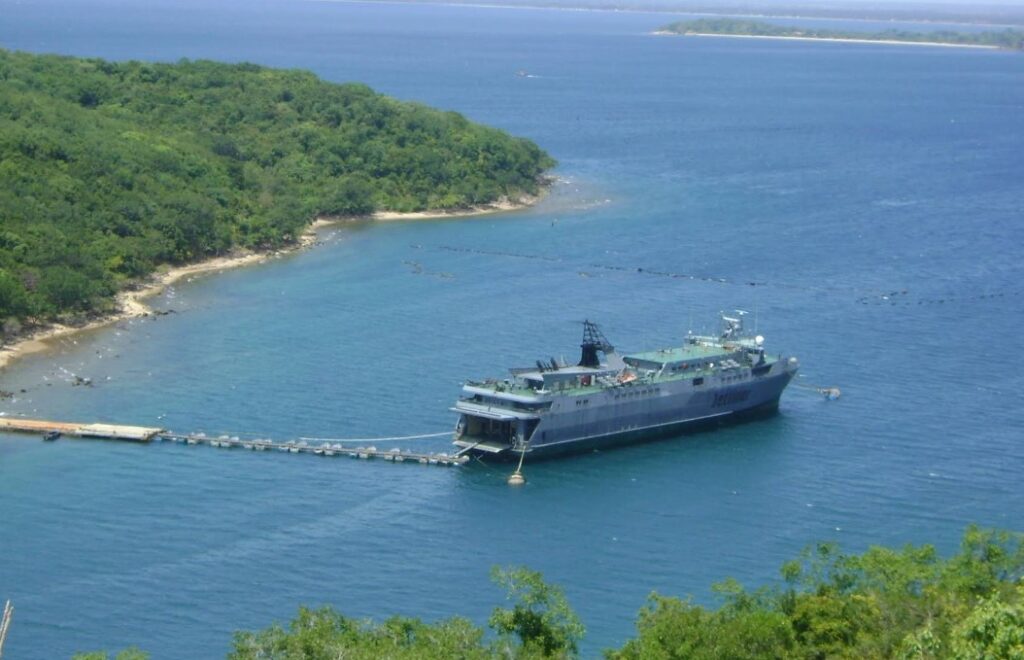
These sites of interest help to make Trincomalee one of the highest-growing tourist destinations in Sri Lanka, especially in the dry season between May and September.
Religious and Cultural Significance
Above the harbour is the Koneswaram Temple, Sri Lanka’s most revered Hindu shrine. Also known as the Temple of a Thousand Pillars, it is sacred to Lord Shiva and sits atop Swami Rock, which falls steeply into the sea below. The temple itself has a convoluted and centuries-long history, having been obliterated and rebuilt several times in the course of colonial conflicts.
The religious and cultural ambiance of the location, as well as its spectacular natural scenery, adds a further layer of religious and cultural importance to Trincomalee Harbour.
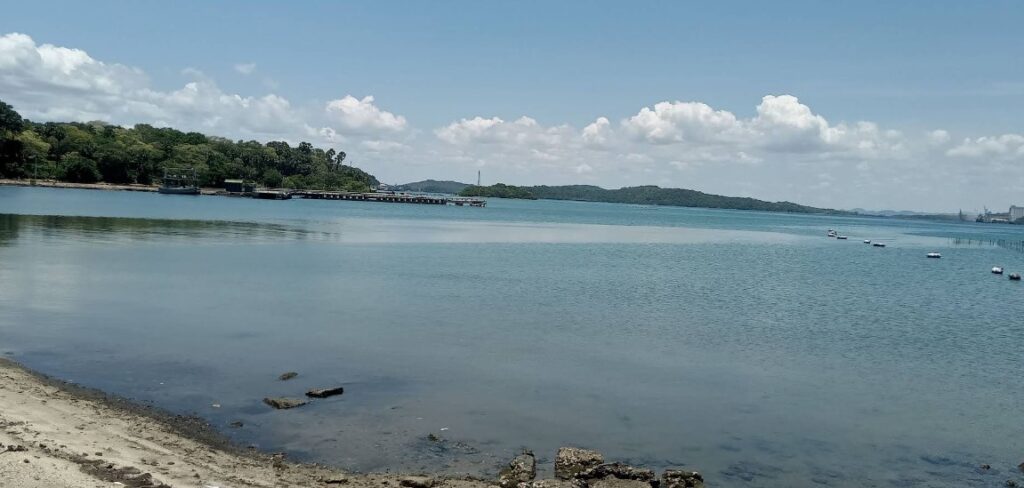
Contemporary Geopolitical Interest
Trincomalee Harbour is in the spotlight today in the contemporary geopolitical situation. Being close to major Indian Ocean trade routes, it is at the center of interest of global powers. India, China, Japan, and the United States have been keen on port development and cooperation on maritime security in Trincomalee.
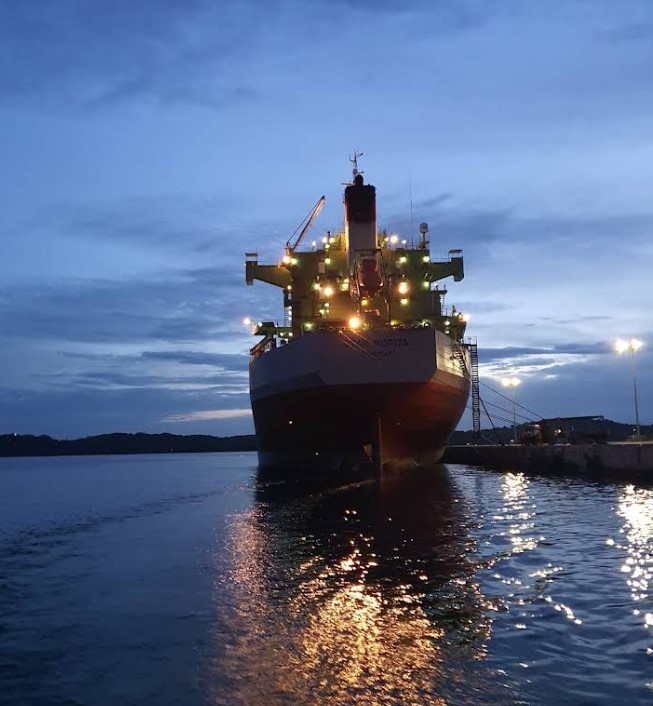
With its position being between the Strait of Malacca and the Persian Gulf, Trincomalee is a geostrategic location in Indo-Pacific interests, with potential roles as a naval logistics base, counter-piracy center, and maritime trade center.
Environmental Issues and Conservation
While growth and use hold promise, they also pose ecological hazards. Trincomalee has within it ecologically sensitive marine habitats, coral reefs, and mangroves. A higher degree of concern for sustainable development weighs economic benefits against the conservation of ecology.
Conservation efforts are being taken by Sri Lanka’s Department of Coastal Conservation, marine scientists, and residents to maintain the harbour’s bio-diversity and natural beauty. Prudent port development and judicious tourism are to be ensured for long-term sustainability of the region.

Trincomalee Harbour is more than a natural bay — it is a perpetual living portrait of Sri Lanka’s past, glory, and strategic significance. From ancient kingdoms to colonial powers and modern-day geopolitical politics, this harbour has been the fulcrum of sea trade and defense for millennia. Its value is not only in its depth and topography but in its ability to expand and remain valuable with changing times.
As Sri Lanka strides into the future, Trincomalee Harbour stands poised with unlimited possibilities as a gateway of opportunity for trade, culture, and cooperation, offering a lifeline between ancient past and modern progress. With careful planning and environmentally friendly management, it can be an outstanding example of opportunity for generations to come.
Where is Trincomalee Harbour?
- Located in Trincomalee District, Eastern Province of Sri Lanka
- Trincomalee Harbour is situated right next to Fort Frederick and Swami Rock
- Close to landmarks like Koneswaram Temple and Dutch Bay Beach
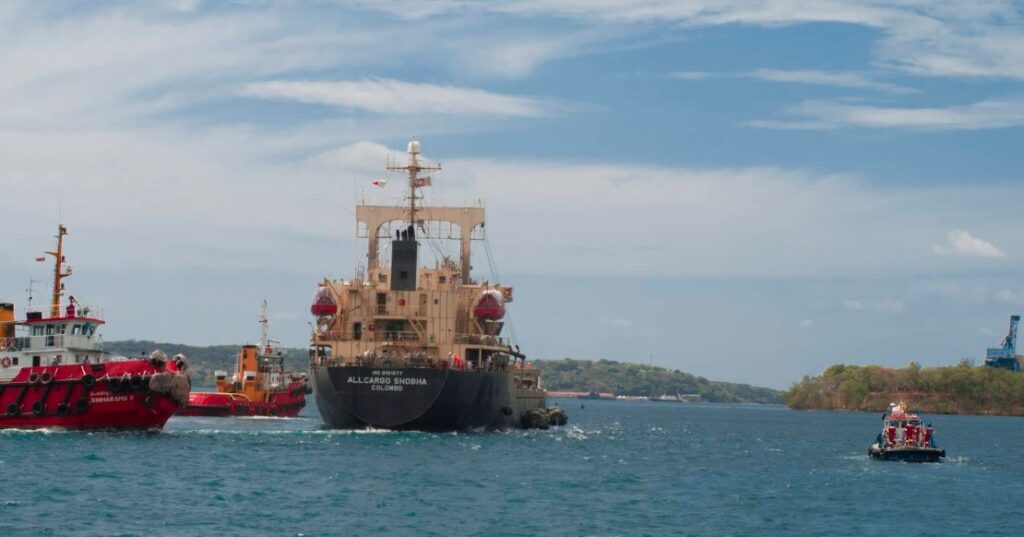
How to Get to Trincomalee (from major cities)
From Colombo (Capital City)
- By Car or Taxi
- Duration: ~6.5 to 7 hours
- Route: Colombo → Kurunegala → Dambulla → Habarana → Trincomalee
- Approx. taxi fare: LKR 18,000–25,000 depending on vehicle and service
- By Train
- From: Colombo Fort Station to Trincomalee Station
- Duration: ~7.5–8 hours
- Options: 1st Class (A/C), 2nd Class, and sleeper coaches
- Reserve tickets early via Sri Lanka Railways
- By Bus
- From: Colombo Central Bus Stand (Pettah)
- Duration: ~7–8 hours
- Types: SLTB (government), semi-luxury, and private buses
- Route: Colombo → Dambulla → Habarana → Trincomalee
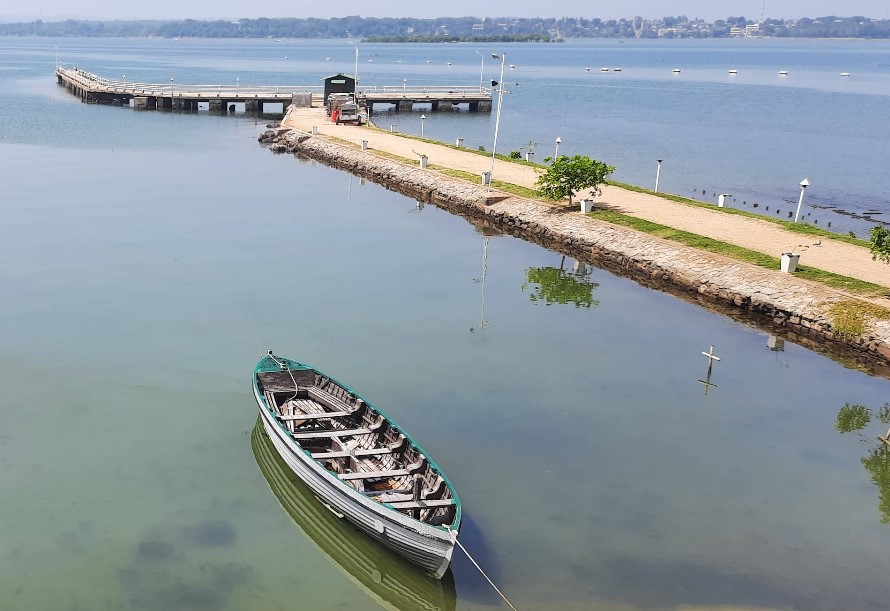
From Kandy
- By Car: ~4.5 hours via Dambulla and Habarana
- By Bus: Direct buses available to Trincomalee
- By Train: Take train to Gal Oya Junction and transfer to Trincomalee Line
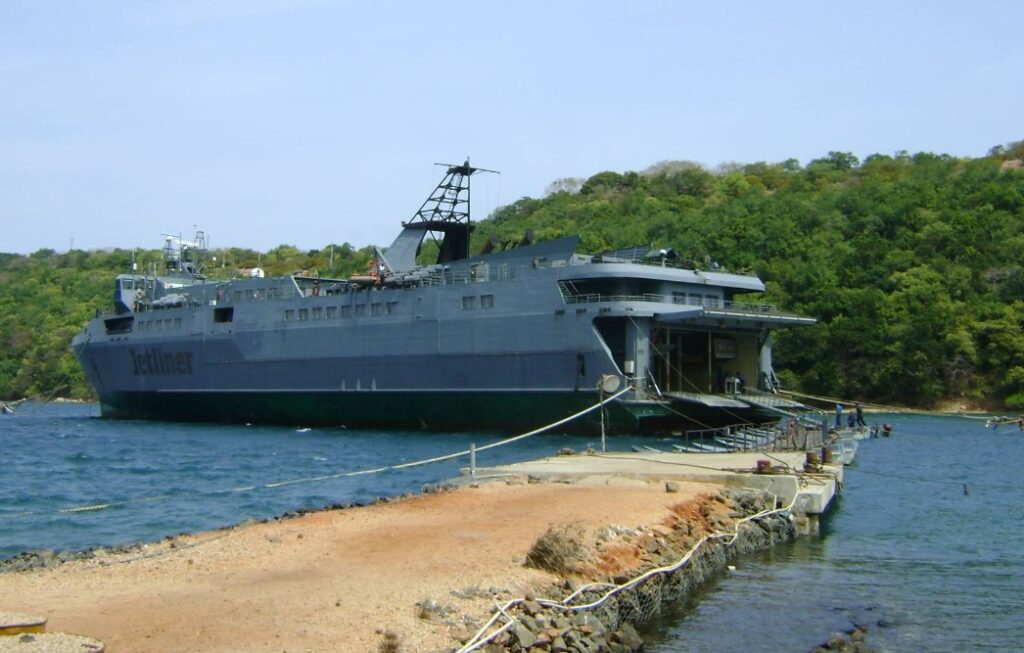
Getting to Trincomalee Harbour (once in town)
Once you’re in Trincomalee town:
On Foot
- If you’re staying near the Fort Frederick or Dutch Bay area, the harbour is within walking distance.
By Tuk-Tuk
- Widely available in town
- Fare: Around LKR 200–400 depending on distance
- Ask for “Fort Frederick” or “Harbour viewpoint”
By Bicycle or Scooter
- Rentals available from guesthouses or shops
- Great way to explore the coastline and beaches
Best Time to Visit
- May to September: Best weather for sightseeing and whale watching
- Morning (before 10 AM) or late afternoon (after 4 PM) for cooler temperatures
Things to See Near Trincomalee Harbour
- Koneswaram Temple
- Fort Frederick
- Whale and dolphin watching tours
- Dutch Bay Beach and Marble Beach
- Naval Museum (near the harbour, open to public on special permission)
